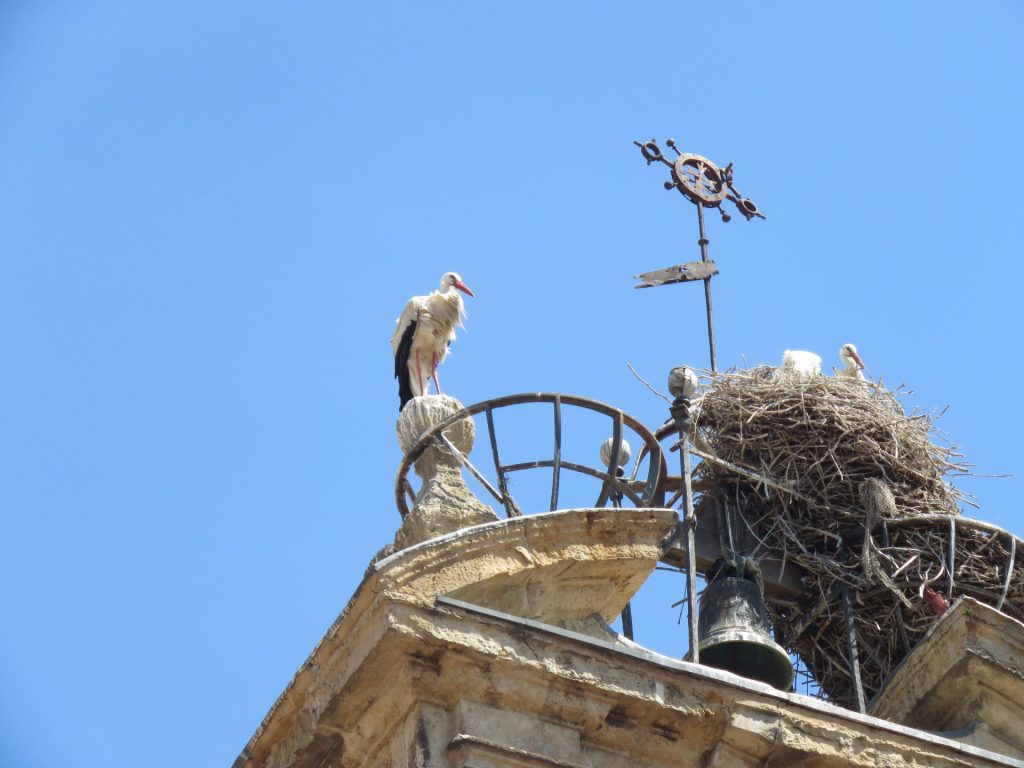Nature Note – Apr ’23
Willow Tits and White Stork
In the March Nature Note I reported on the decline of willow tits in our part of the county. With some time to spare early on 22 March I decided to visit two local sites in search of these birds. The first hour walking by the River Sence was fruitless and I eventually found myself sheltering from the wind wherever there was a high hedge, listening for willow tits. The highlights of this hour did not amount to much: three bullfinches seen and one singing chiffchaff.
I decided to spend the rest of my available time along Burton Brook, another site previously used by willow tits. If you are familiar with the footpath from Great Glen to Burton Overy you will be aware of the scenic delights of Great Glen Treatment Works. At this point in the walk I received a WhatsApp message, “Probable White Stork just flown over Oadby, heading south”. Fortuitously I was standing with the sun behind me able to view a significant area of sky to the south west of Great Glen village.

With nothing to lose I scanned the sky. Not a bird in sight; mainly clear blue with a few distant clouds. However, on a repeat scan I immediately found the stork and was able to watch it for a minute or so as it continued to drift south heading approximately towards Kibworth along the line of the A6.
Flyover birds can be very frustrating. Fortunately, white storks are not that difficult to identify, even at a fair distance. This bird was about 800 metres to the west of me and about 100 metres above the ground. However, there are not many large, long-winged, white birds with black wing feathers. Additionally, the projecting bill, head and neck at one end and legs and feet projecting about half as far to the rear make the identification relatively easy even when the red bill and legs simply look dark.
I have since been told that a white stork was seen in flight over Bedfordshire later in the day and there is speculation that this was the same bird.
The status of white storks in the UK is contentious and has been for years. In the belief based on archaeological findings (bones) that storks were once eaten in Britain, birds imported from Europe have been released in south-east England and have nested successfully at, at least one site. Previously, other translocated birds have been released at various sites in N. France and the Low Countries. That said, white storks don’t like crossing water. Thousands of birds returning from Africa each Spring enter Europe by the two shortest sea crossings; the Bosphorus in Turkey or the Straits of Gibraltar.
Any view of a white stork, however brief, is an uncommon and welcome sight. However, the probability of the bird having arrived in the UK from a wintering site in Africa, is extremely low. This was far more likely to be a released or escaped bird.
Furthermore my search for willow tits along Burton Brook was no more successful than my walk beside the River Sence, so a morning of mixed success.
D Scott




 Our District Churches No.11 – St Andrew’s, Foxton
Our District Churches No.11 – St Andrew’s, Foxton

